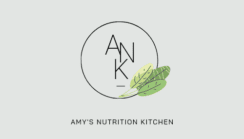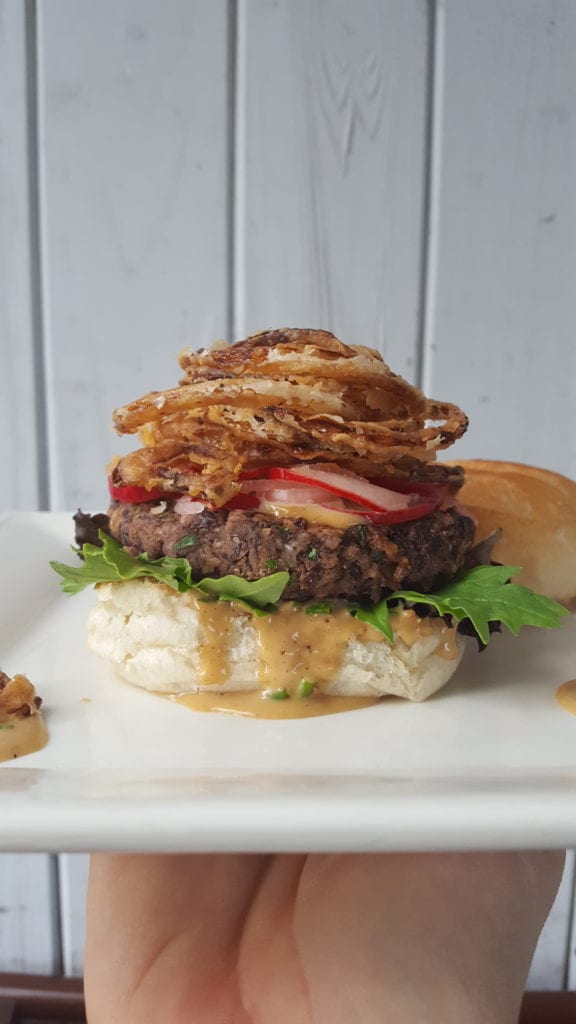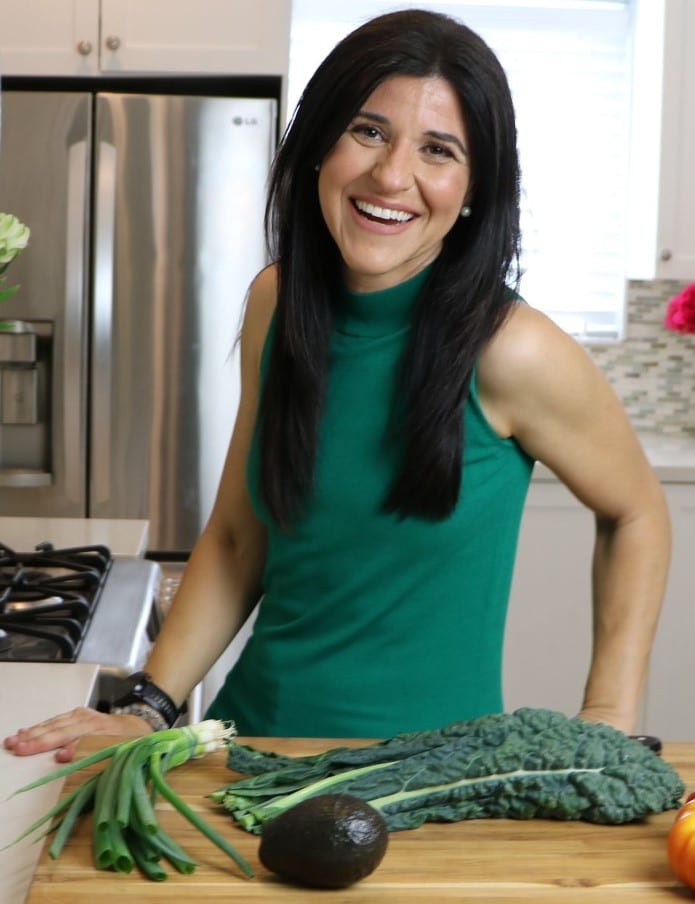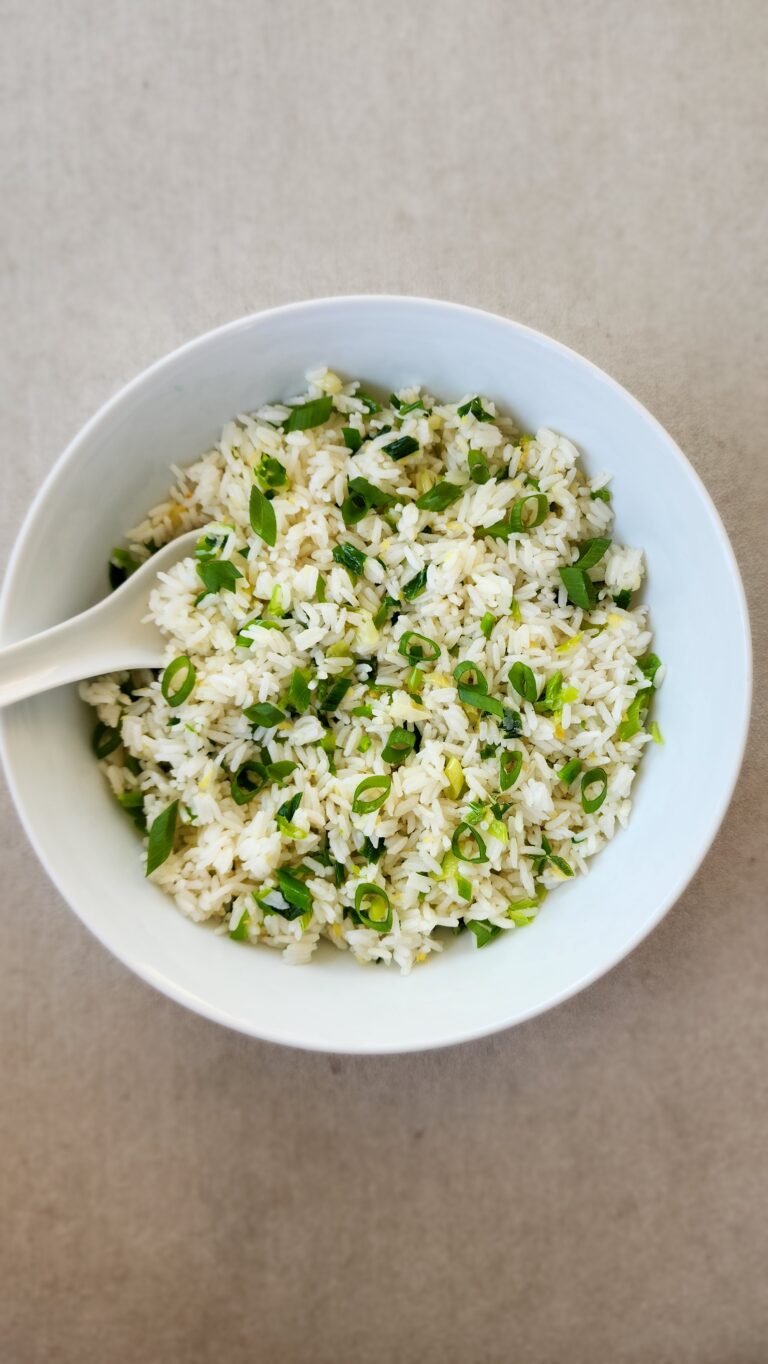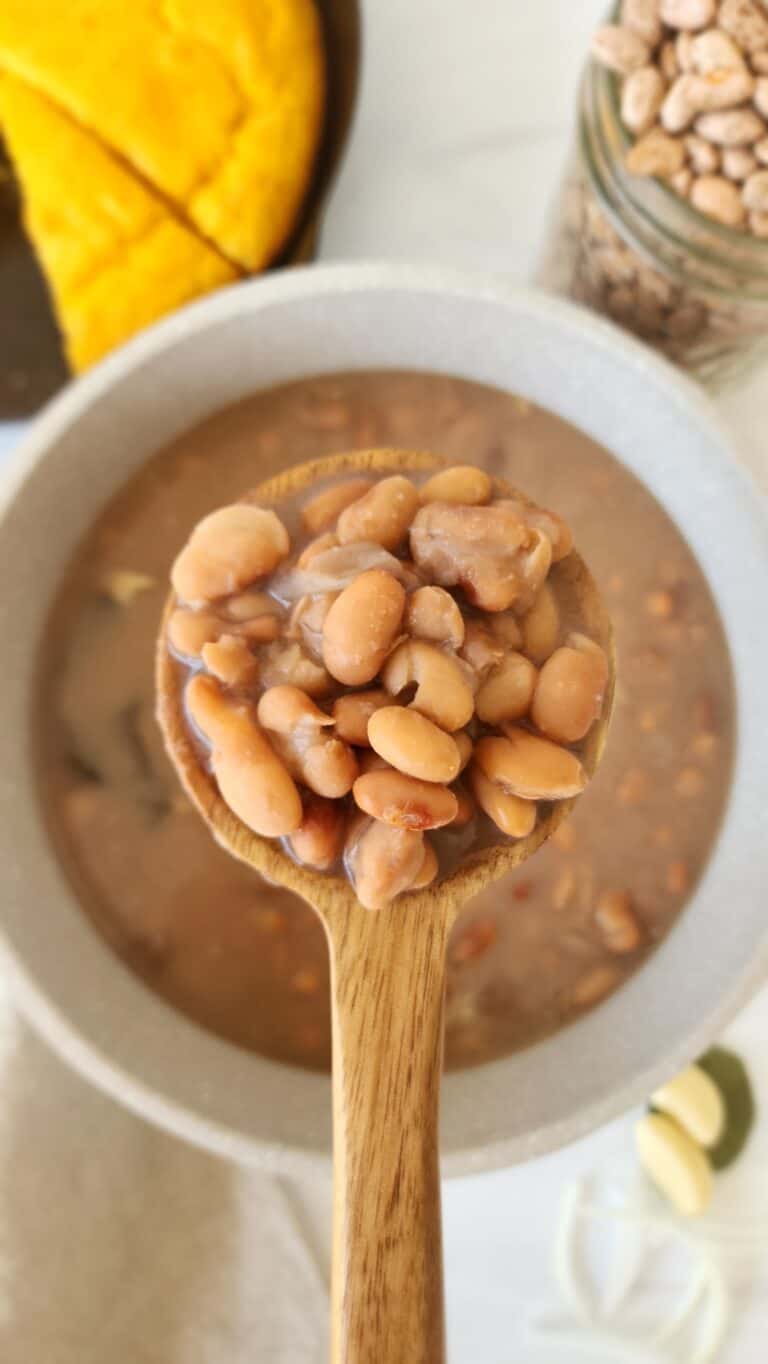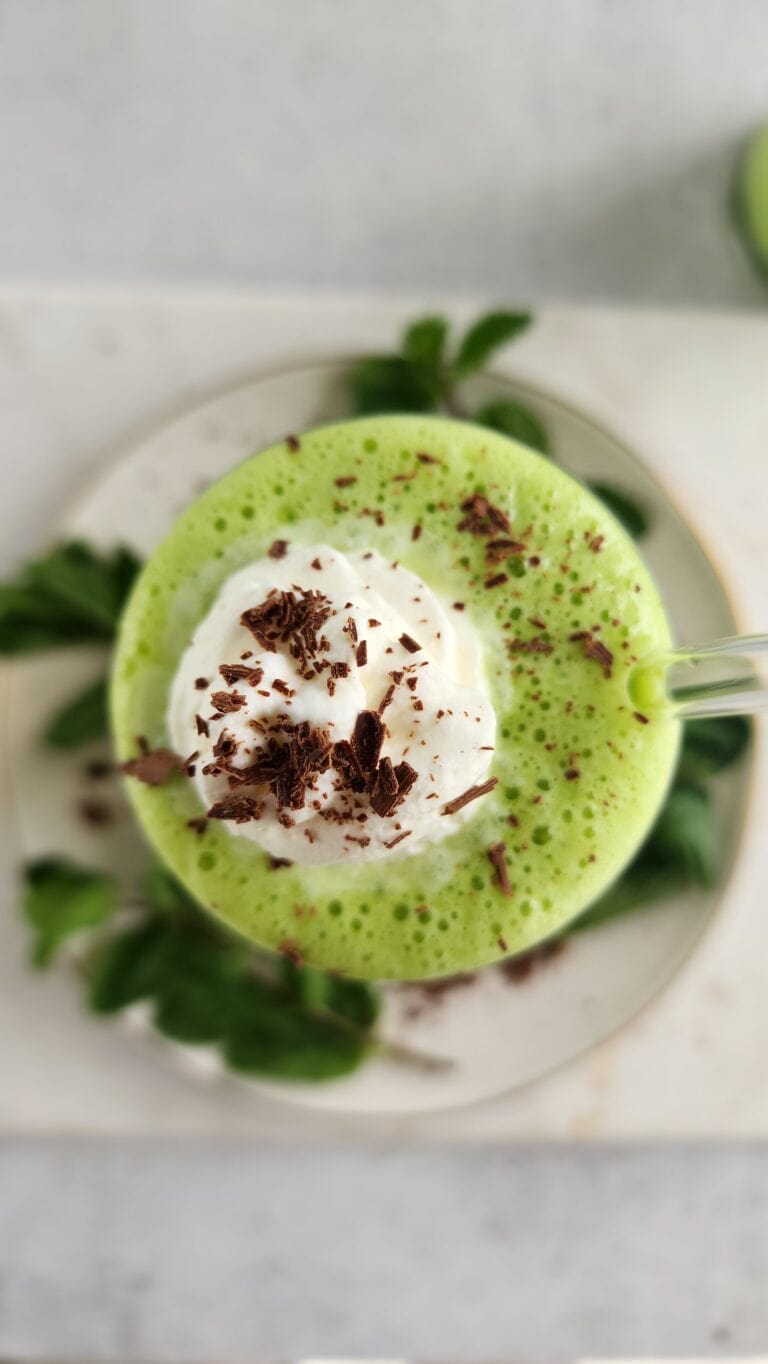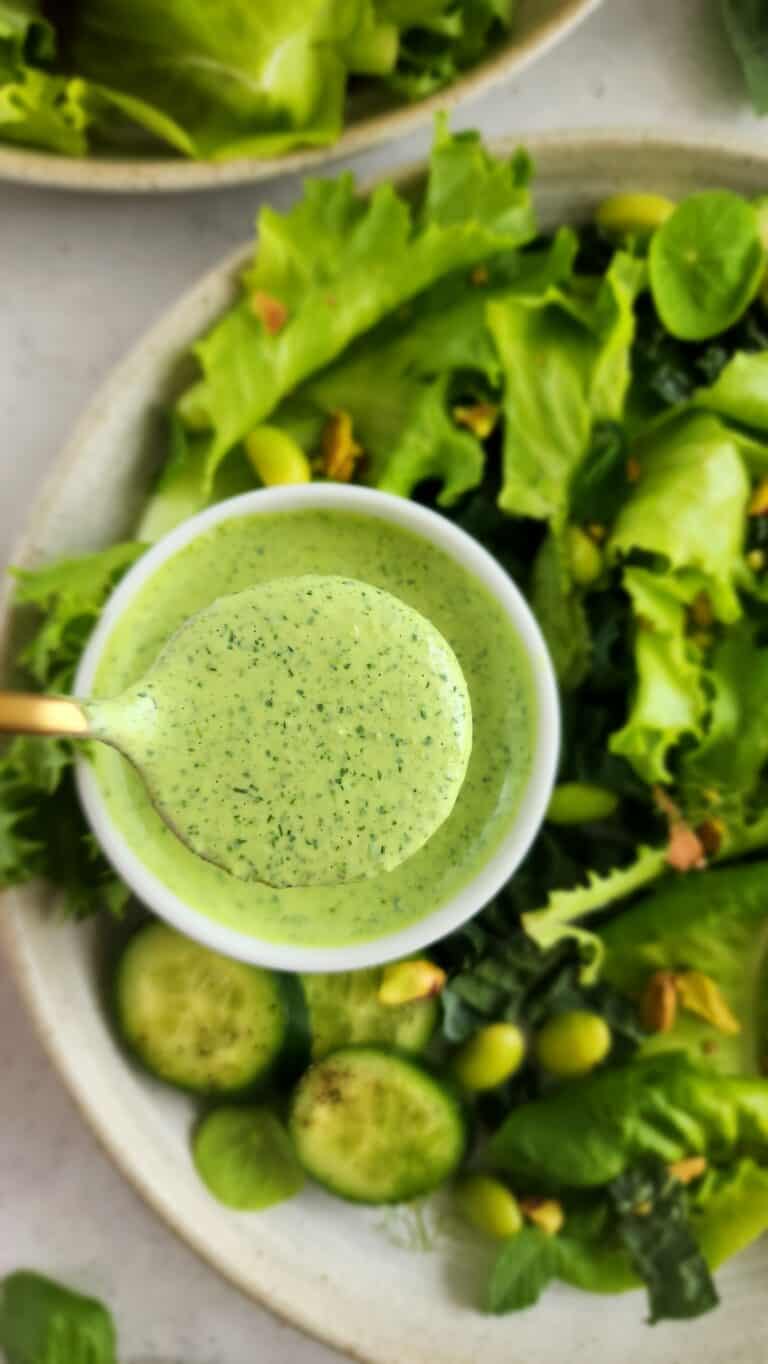It’s been a hot-second since I last released a post. August has been BUSY. Last weekend I was at the AADE’s (American Academy of Diabetes Educators) annual conference. The weekend before that I was teaching my Type 1 diabetes carbohydrate counting class. And just this past week family was in town. Phew. I’m just tired of thinking about all that I crammed in these last few weeks. Here’s a few of the highlights from my life in August.

Type 1 Diabetes Class – I used to work at a diabetes center that was focused on mainly diabetes, specifically Type 1 DM. Here at my new job the focus isn’t on 1:1 counseling but rather group education. I received a request to teach a class from the community (based on a need) for people with Type 1 diabetes. I jumped on the chance. I always loved teaching carb counting and while it is a science it is also an art. It also takes practice, time, and patience.
In a study published by the Clinical Diabetes Journal they investigated carb counting accuracy. So while the technique is super helpful in allowing people the ability to individualize their insulin needs based on what they’re eating, it does take practice. This particular study conducted a carb counting accuracy test in 18 different foods. The results? 59% out of 100% – a failing grade! Whether carb counting has become so routine people aren’t really measuring anymore or whether people really did just guess, the study proved the point that people’s carb counting skills needed to be brushed up on.
My 1st first class was held in June. And I just had my 2nd class in early August. I’ll be having another class coming up in November. The classes are completely FREE, so if you know of someone that might benefit from this class, let me know!
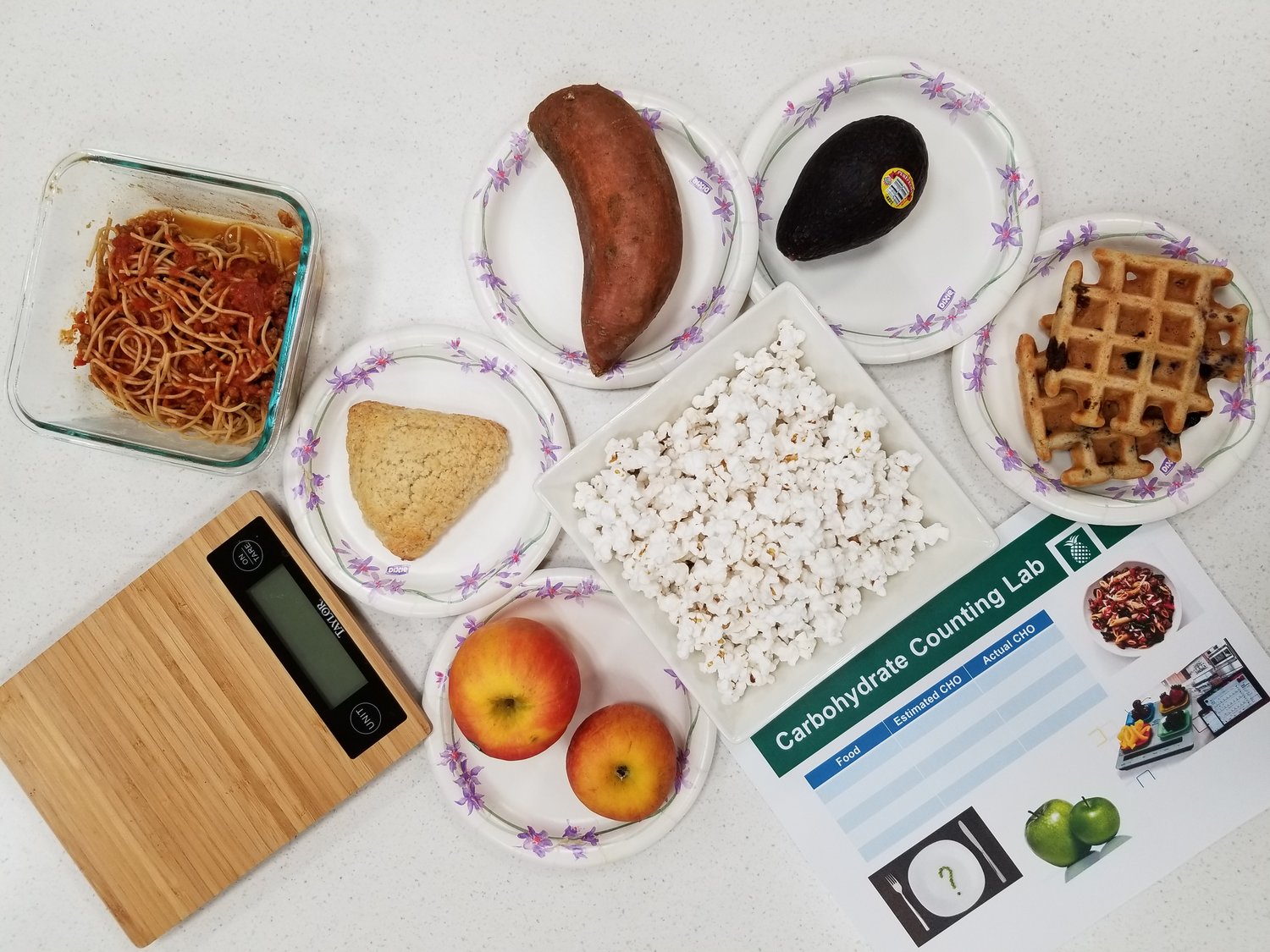
Instant Pot Crazed – I borrowed my mom’s instant pot and I must say that even though I’m late to the ballgame on this here food trend, I must say I’m impressed. I’ve heard many mixed reviews (some either LOVE it and some just plain HATE it). I figured I needed to try it out on my own and see what the fuss was all about (and you should too. Not endorsing, just giving my review here and think you should make up your own mind too). Here is why I think some people really do love it – it has a slow cooker, pressure cooker AND a rice cooker all in ONE device. It’s hard not to love something that gets rid of other gadgets in your house (I’m sure all the rice cooker and slow cooker makers in the world are not loving it, but you know what I mean). And to make it even more user friendly there are certain buttons on the Instant Pot that let you cook various foods based on their settings (already programmed in the settings for you). For example I made a pork tenderloin and I was able to sear the meat with the “sauté” function along with some onions and garlic. Then I used the “meat” setting to pressure cook the tenderloin for ~17 minutes and then let the steam release for another 10 minutes. While I don’t eat pork I allowed a few people to taste test the end result and it was definitely tender. Approved.
I’ve always wanted to make homemade beans, but truth be told, I never wanted to have to soak the beans overnight and then make a whole pound of beans up all at once. It just seemed like such a process and a pound of beans just for me? Too much even for this bean loving vegetarian. But I figured since I’m borrowing my mom’s Instant Pot and I’m on the “make everything homemade” kick I decided I should at least try to make homemade beans. Guess what? Simplest process ever. I didn’t even soak the beans (Shhh, don’t tell your grandmothers – for them it might be a tradition/process, but seems to me everyone is too busy these days to have to wait for the soaking, so I wanted to try it without soaking the beans. I’m here to tell you, it worked!) No final pictures of the beans, but believe me when I tell you they were delicious. And just so I wouldn’t waste any food, I froze the extra beans. Talk about meal prepping at its finest – after my trip I had two ready made meals just waiting to go. Win. Win. Now to see if my mom will let me “borrow” her Instant Pot for just a little while longer…Let me know if you want the recipe!
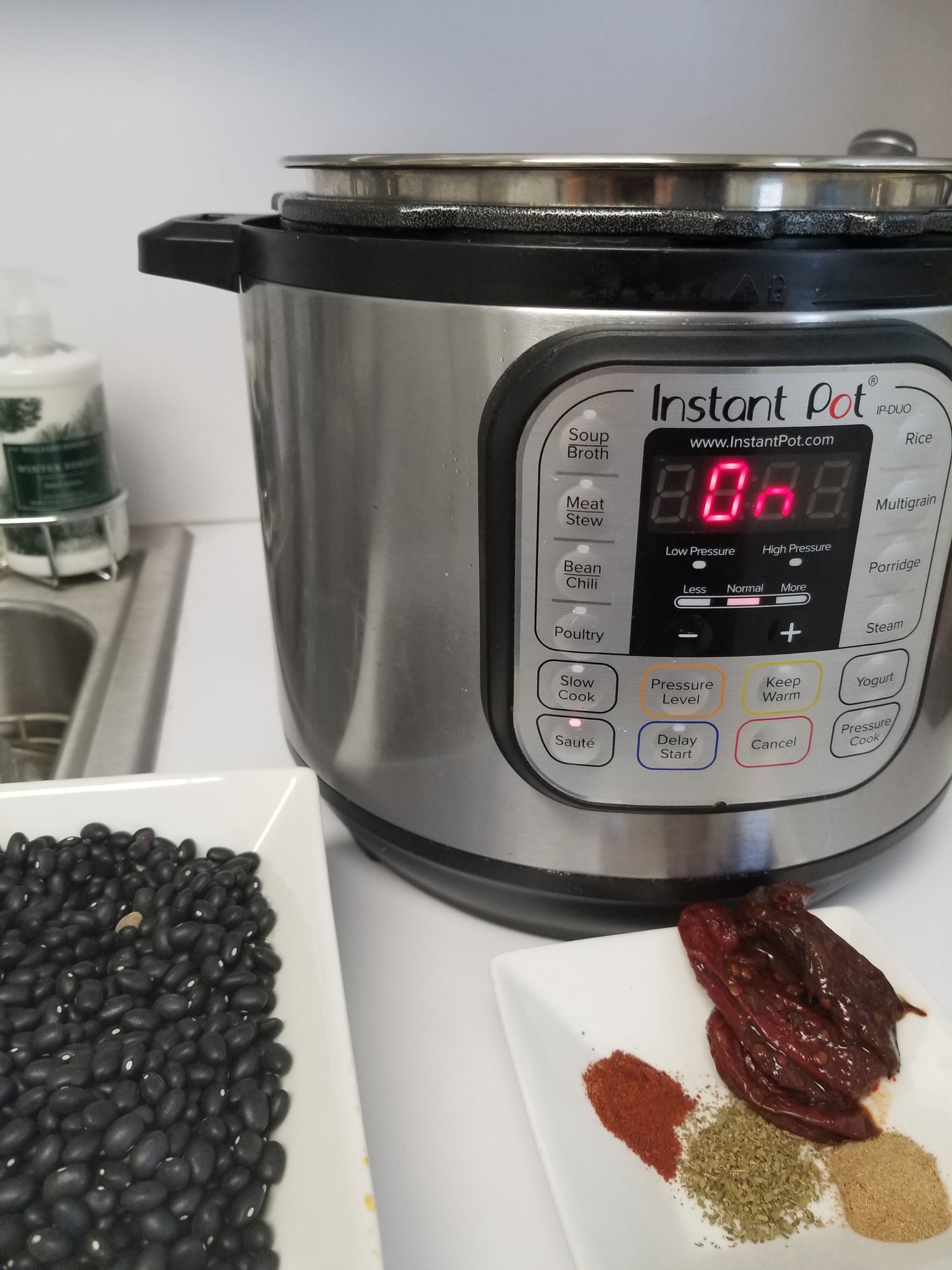
AADE – American Academy of Diabetes Educators – Let me first start off by saying that as a Certified Diabetes Educator (CDE) we are required to have 75 hours of continuing education units/hours (CEUs) every 5 years. I’m in my 3rd year and only have 15 hours. Talk about being behind! In my previous job I had 12 hour days and the last thing I wanted to do was spend a weekend immersed in learning when my brain was already fried. Glad to say I obtained 30 hours at this conference and now am back on track. Note to self, never fall behind on my CEUs ever again. Seriously.

So what did I learn? I did learn a few things, rather reiterated a few points that were important and so I will share those with you. While these may not be new to you facts, I do think it’s important to share. I’m not going into great detail here, just simple statements (based on research). Each point could truly be a blog post on its own (and maybe I will do that).
Gut Health: Our microbiome – We depend on a vast army of microbes (bacteria) that protects us against germs, breaks down food to release energy, and produces vitamins. Other core functions of our microbiome include regulating our immune function, modulating GI hormone release, and even regulating our mood and behavior. The microbiome is a living dynamic environment where the relative abundance of species may fluctuate daily, weekly, and monthly, depending your diet, medication, exercise, and a host of other environmental exposures. So yes, you can see now why there is so much research geared towards improving our microbiome – it’s linked possibly to so many different disease states.
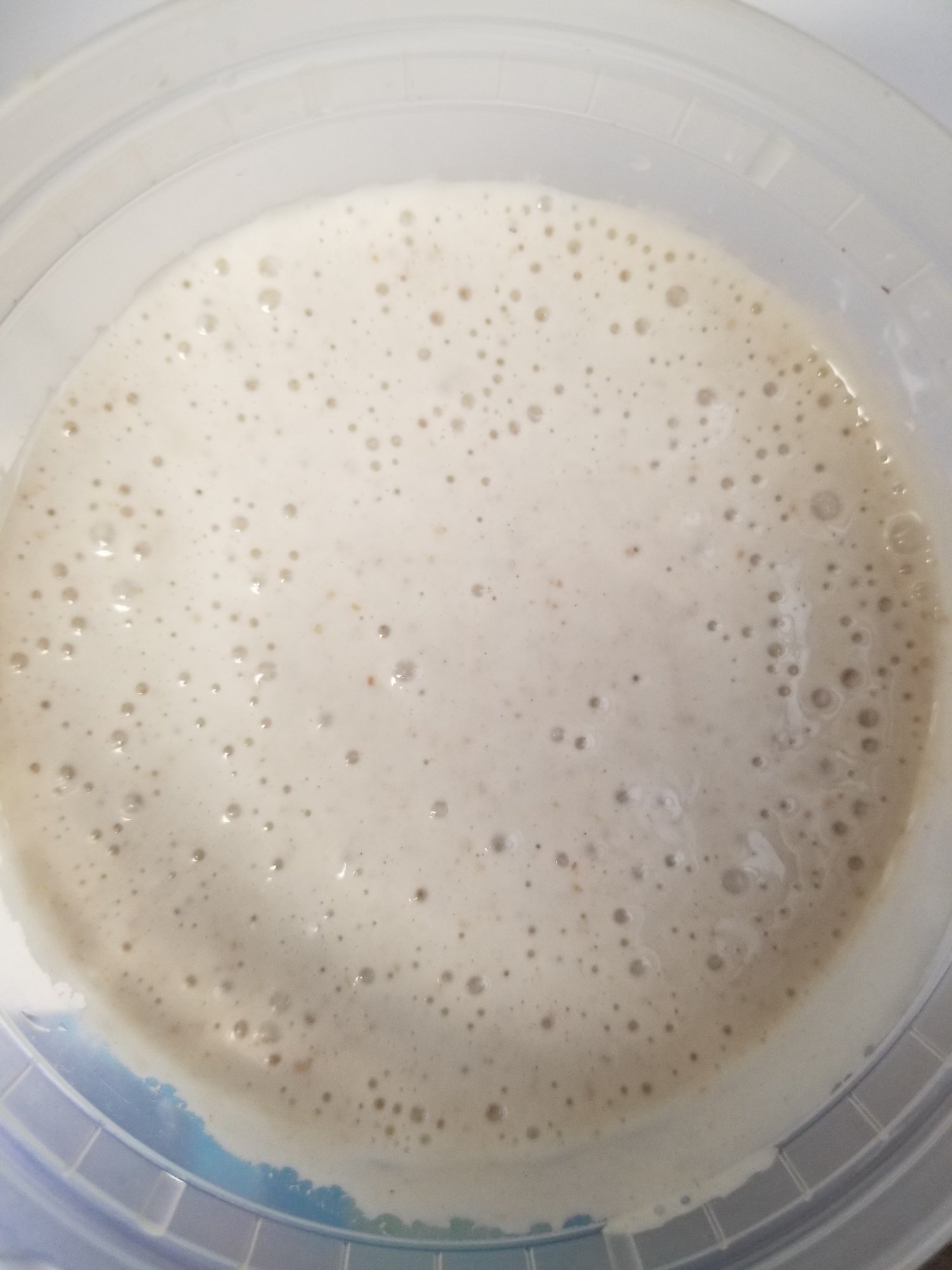
Let’s cut to the chase: what can you do to keep your microbiome in good shape? This is where prebiotics and probiotics come in (thinking you’ve probably heard of these terms before). Prebiotics are substances like inulin (fiber) that help microbes to thrive (think of it like food for the probiotics). Prebiotics are not digested or absorbed in the small intestine, but rather fermented in the microbiota. Whereas the probiotics are microbes, live organisms, as well that are thought to be beneficial to our health. Two specific species are the Lactobacillus and the Bifodbacterium.
Prebiotics are found in foods such as the Jerusalem artichoke, chicory root, raw dandelion greens, leeks, onions, garlic, asparagus, whole grains, beans, green bananas, wheat, oats, soybeans, and psyllium husk.
Probiotics are found in sauerkraut, kimchi, tempeh, soy sauce, miso, kefir & yogurt, sour dough bread, & kombucha. Think fermented foods – live bacteria.

Where does that leave us? More research is needed. One of the conundrums is how and why the different strains of bacteria have different effects. Researchers are also developing studies to explore how the microbiome influences our response to food, and how different diets can tweak the microbiome. Plant-based diets are looking quite promising, so stay tuned!
Telehealth – Technology is passing me by sometimes (or at least I think it is). And if it’s passing me by just think about all the people older than me and how they must feel. Telehealth is definitely the future. I used to see patients 1:1 and would try to follow-up with them via email, whether it was in regards to their blood sugar levels and/or their food recalls. Enter telehealth: Now there are digital portals where their blood glucose meters can sync as well as their diet recalls. I can review them all online and either contact them virtually or just email/call them back. All outside of your typical doctor office visit. That’s definitely one way to improve diabetes management. Care within their scheduled appointments, because we all know 3 months in between appointments is too long to make changes/adjustments. What I dealt with? Lots of “I don’t have my meter with me today.” “I didn’t bring a diet recall. Nobody told me to do that.” And then we’d have a wasted hour of teaching theories without the application. Yeah, telehealth has only just begun. I’m excited to see where it’s going.
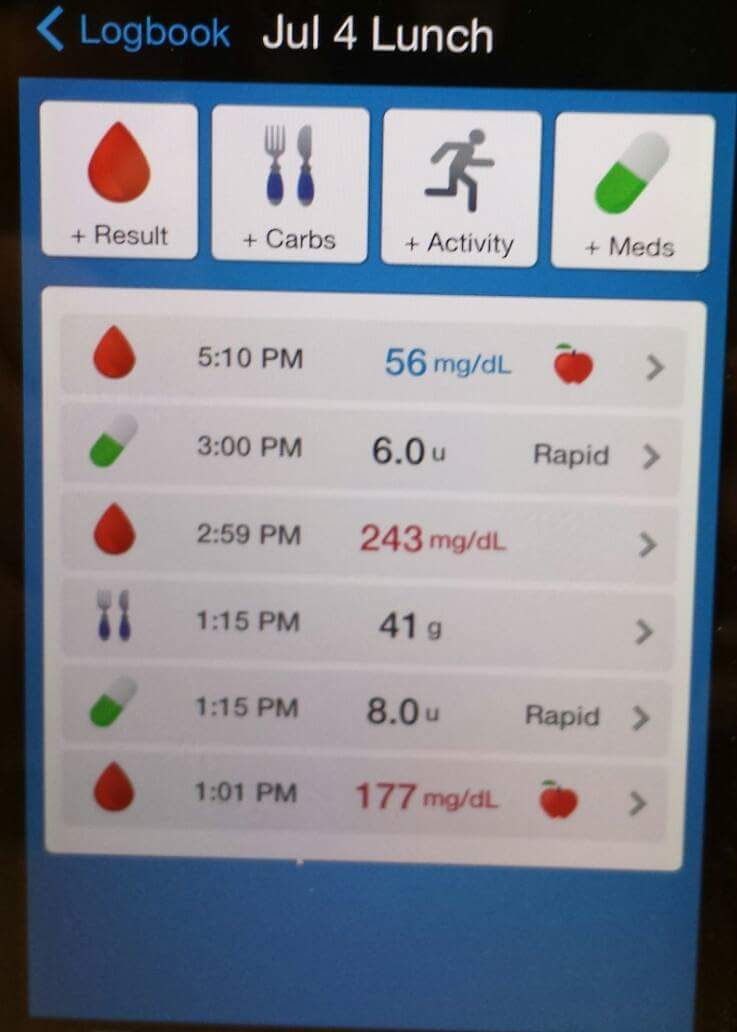
Plant-based Eating – I teach a whole class on defining what plant-based eating is. It can get confusing with all the new classifications out there. But in terms of the studies presented at the conference and as they were aiming to look at better glycemic control, I will be referring to a vegan diet for this discussion here. VEGAN – meaning NO animal products whatsoever. None. Zero. And additionally not only vegan but also low-fat. In terms of ratios we’re looking at 70% carbs, 20% plant-protein, and 10% fat. That’s high carb, low-fat with all of the carbohydrates coming from complex carbs (mainly) and no refined carbohydrates (so no white bread, white sugar, etc.) We’re talking high-quality carbs here. Some of their fiber intakes increased from 18g of fiber to 36g of fiber and some of the highest intakes were even up to 65g of fiber.

What did these studies ultimately show? Improved beta cell function with not only an increase in insulin secretion but also a decrease in insulin resistance. For anyone that’s curious, that’s basically the whole premise as to why diabetes occurs. Why aren’t we promoting this more then??
This led to a reduction in overall incidence of diabetes occurrence as well as even in some patients looking as if the diabetes was reversed – I don’t like to use that exact term as I never want people thinking diabetes just disappears. But again these studies are improving the beta cell function which in diabetes is ultimately impaired. If the beta cells are working then it could appear as if the diabetes disappeared. The key would be to keep it functioning properly in order to stave off the diabetes. My mind was definitely blown away by some of the research. The key underlining theme is they have to be completely VEGAN and low-fat. The patients were only allotted a 1/4 cup of nuts. They couldn’t switch back and have fish or meat for once a week for that matter. Completely VEGAN. This appears promising and should be an option when talking to patients.

While it’s always important to learn at these conferences and stay up-to-date on the latest research, I always find it important to explore the neighborhoods and go out and talk to the community. You can learn a lot just by being present and seeing what the needs are.

My nephews and brother were in town this past week. They were doing all things touristy – airboat ride, science museum, beach, and more. I joined up with them on most days. I enjoyed being a tourist in my own city. I posted about this concept on Instagram the other day, but it’s the truth. How many times do we get so busy that we don’t even enjoy our free time – we’re too busy running errands, grocery shopping, cleaning, whatever it is, that we don’t take time to explore. Sure I had a list of things I thought I needed to do. But the truth of the matter is that most of it could and did wait. It was just my routine, what I’m so used to doing. Besides being a little tired because of a lack of sleep, I actually felt renewed and energized all from a visit from loved ones and spending time in nature, forgetting about all the stresses of daily life, and being present in the moment. We could learn a lot from kids. I know I did. Go explore and feel like a tourist again.

